If you’re like me—someone who lives and breathes the roar of engines, the gleam of fresh paint, and the satisfaction of taking your SUV through rain, mud, snow, and salt—you know one thing: rust is the enemy.
It’s the silent killer of even the best-built SUVs. You could have a bulletproof engine, a transmission smoother than butter, and a suspension that feels like a cloud—but if your SUV starts rusting, it’s game over. That ugly orange corrosion eats away at the undercarriage, frame, fenders, and sometimes even the doors—turning your proud ride into a junkyard candidate.
Now here’s the thing: not all SUVs are built the same. Some are armored against rust like tanks, surviving a decade of winter salt and coastal humidity without flinching. Others? Three winters, and they’re already bubbling, flaking, and embarrassing you in the parking lot.
So, whether you’re planning to buy your next family hauler, adventure machine, or city crawler, this guide has you covered. Let’s dive deep into 5 SUVs that go 10 years without rust—and the 5 you should think twice about if you live in the snowbelt or near the ocean.
5 SUVs That Go 10 Years Without Rust
These rust-resistant warriors are engineered to stand the test of time. With top-notch corrosion protection, smart engineering, and rust-resistant materials, these SUVs will stay solid for over a decade—even in salty winters and coastal humidity. Whether you want long-term value, off-road durability, or just a clean-looking ride for years to come, these picks won’t let rust eat your investment alive.
ALSO READ: 10 Compact SUVs That Rarely Visit the Mechanic
1. Toyota 4Runner
If I had to bet on one SUV outlasting a nuclear winter, the Toyota 4Runner is it.
This beast is built like a tank with a body-on-frame design, the kind of old-school ruggedness that laughs at rust. Toyota goes the extra mile with electro-deposition coatings on critical parts, and the thick underbody sealants hold up even in brutal Northeast winters.
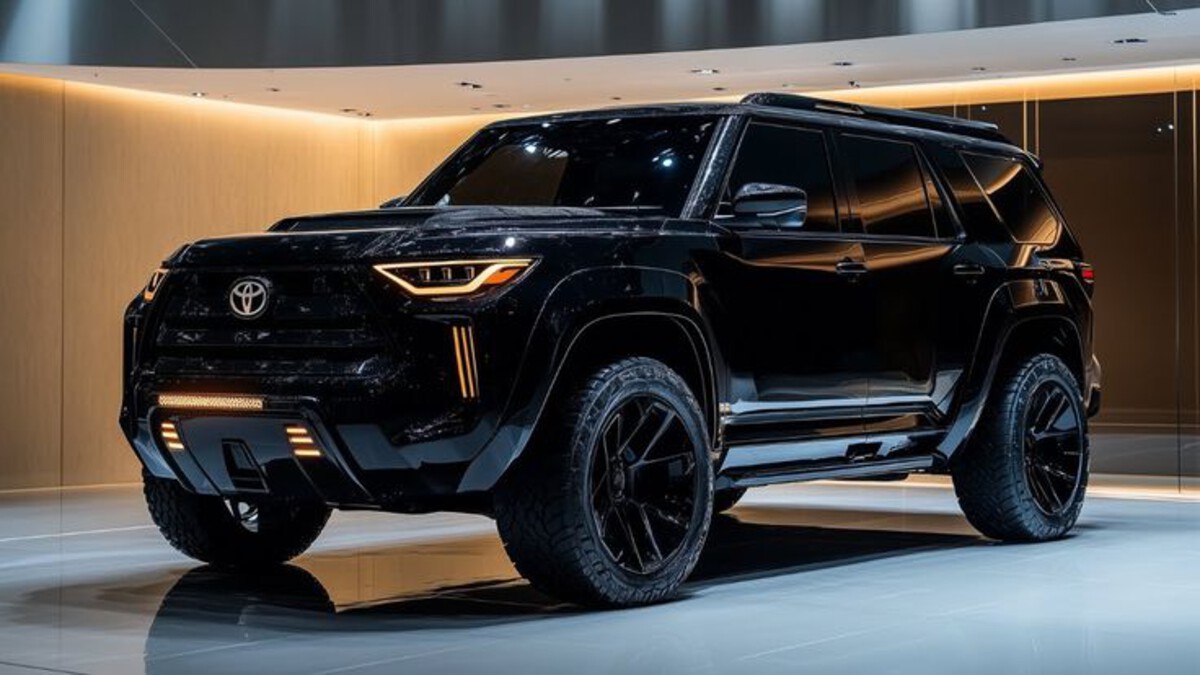
People have posted pics of their 15-year-old 4Runners with barely a speck of corrosion on the frame. That’s not luck—that’s legendary Japanese reliability + top-tier rust resistance.
And if you love off-roading? Snowy trails, salty roads, wet forests—bring it on. The 4Runner was made for abuse. From its high ground clearance to its sealed wheel wells and rust-resistant fasteners, Toyota designed this SUV to outlive everything around it.
Pro tip: avoid the third-gen (1996–2002) if you want to dodge frame rot. But the fifth-gen (2010–present)? Solid as steel. Well, rust-proofed steel.
Whether you’re commuting or crawling over rocks, this is a no-rust SUV you can keep for a full decade without worry.
2. Honda CR-V
You don’t have to go full off-roader to get rust resistance. The Honda CR-V proves that everyday commuters can also dodge rust like pros.
Honda learned a harsh lesson back in the early 2000s when older CR-Vs showed rear wheel well rust after just a few years. But since then, they’ve beefed up their anti-corrosion game like pros.
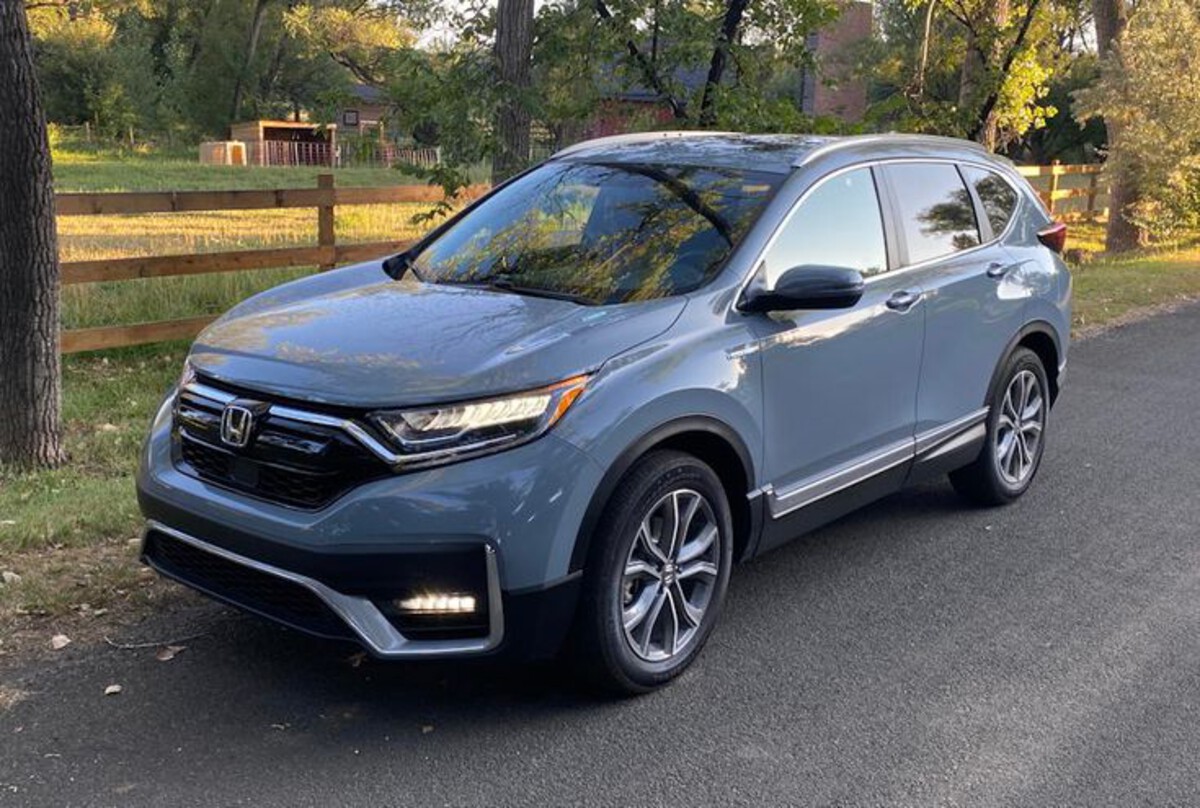
The 2017–present CR-Vs are built with zinc-coated steel, galvanized panels, and advanced anti-rust undercoatings. Living in Michigan, I’ve seen CR-Vs with 150,000 miles and not a single rust bubble. And that’s after winters with more road salt than French fries.
The best part? You’re not sacrificing comfort or MPG. It’s efficient, safe, and durable long-term. It’s the SUV you buy when you want something that works—and keeps working without flaking apart underneath.
Just make sure to rinse it off after the salt storms and you’ll easily get 10+ years without major rust issues.
3. Subaru Outback
Some folks debate whether the Subaru Outback is an SUV or a wagon. I say, who cares—it eats winter roads for breakfast.
Subaru is based in Japan, but they’ve got plants in Indiana, and their vehicles are engineered for real-world climates. Since the 2015 model year, the Outback has seen significant upgrades in underbody coatings, drain hole design, and corrosion-proofing of the subframe and wheel wells.
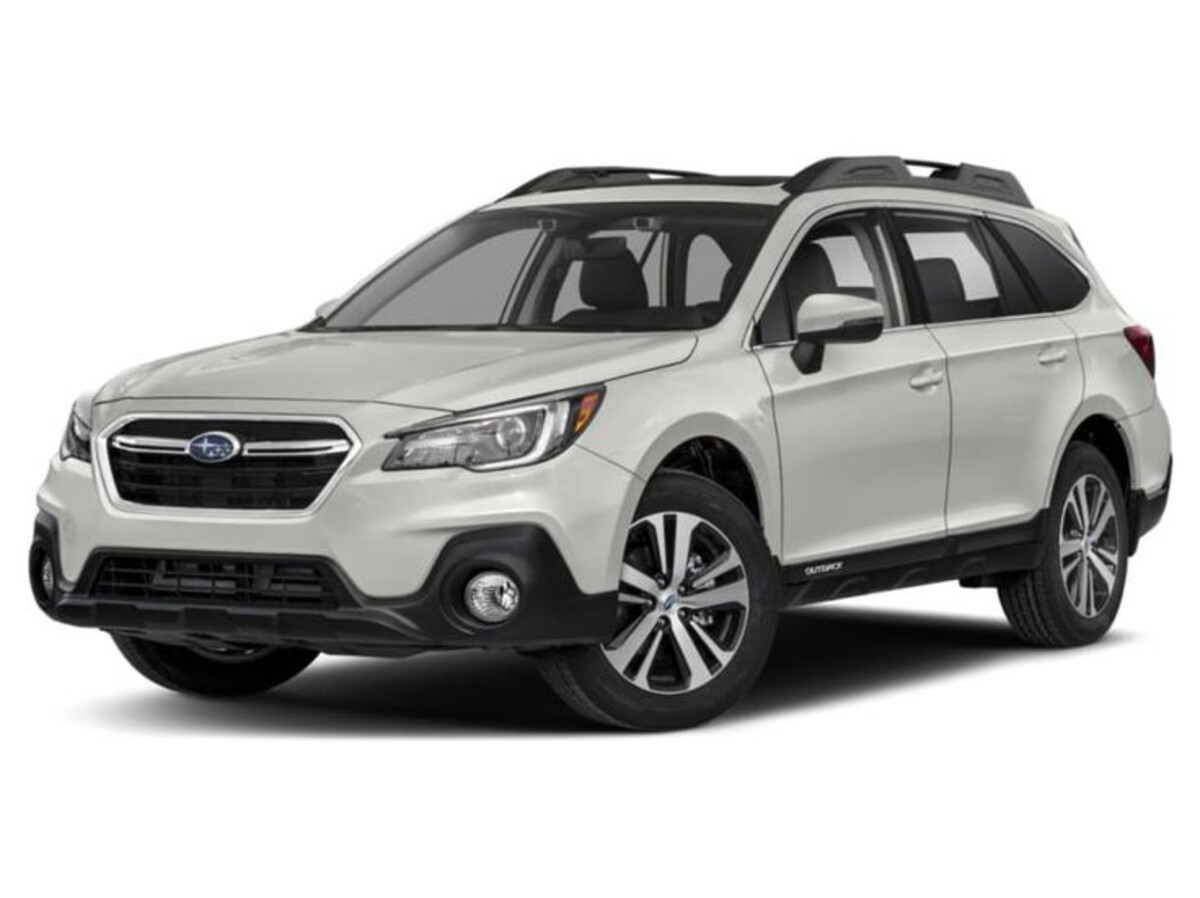
And let’s not forget—Subaru owners are loyal for a reason. It’s because their cars go the distance, even through New England winters packed with salt and moisture. The Outback just keeps trekking.
The symmetrical all-wheel drive keeps you steady on icy roads, but the real win is how it fights rust on the unseen parts. It’s not uncommon to see a 10-year-old Outback with clean sills, spotless wheel arches, and zero bubbling paint.
If you want an SUV that’s practical, fuel-efficient, and doesn’t rot underneath, the Outback should be on your shortlist.
4. Lexus GX
Luxury doesn’t always mean long-lasting, but the Lexus GX is a glorious exception.
Built on the same platform as the Toyota Land Cruiser Prado, the GX is like a 4Runner wearing a tuxedo. But here’s the kicker: it’s just as tough. This is one of the best SUVs that don’t rust even after a decade.

Lexus uses advanced galvanized steel panels, durable powder-coated frames, and a deep e-coat primer under every inch of the body. That’s the kind of high-end protection you don’t see even in most American SUVs at this price point.
The GX doesn’t just survive—it thrives in the snowbelt. I’ve seen it in Denver, Buffalo, and Calgary, shrugging off salted roads like it’s rolling on holy water.
You also get that sweet V8 power, plush interiors, and the badge prestige. But beneath all that elegance lies an SUV that’s practically immortal in winter. If you’re a rust-hater with refined taste, this one’s for you.
5. Mazda CX-5
Mazda doesn’t always get the love it deserves in SUV circles, but the CX-5 might be one of the smartest rust-resistant choices under $40K.
Earlier Mazdas (pre-2012) had serious rust scandals, especially in Canada. So Mazda doubled down on rust prevention with the CX-5. From 2017 onward, Mazda rolled out anti-corrosion high-tensile steel, sealed seams, and multiple underbody treatments.

The result? CX-5s last nearly a decade in snowy climates with almost no rust concerns, as long as basic wash routines are followed. I’ve met owners in Minnesota who say, “This is the first Mazda I’ve owned that hasn’t rusted to hell.”
It’s stylish, fun to drive, and doesn’t break the bank. Combine that with some serious long-term corrosion resistance, and you’ve got a sleeper SUV that’s easy on the eyes and hard on rust.
5 SUVs That Rust in Just 3 Winters
Even the flashiest SUV can be a rust bucket in disguise. If you live in snow-prone regions, some vehicles are rust magnets—failing faster than you’d ever expect. Whether due to bad engineering, poor paint quality, or neglectful undercoating, these 5 SUVs are notorious for rusting out before you even hit year four. Skip them unless you’re driving in the desert.
ALSO READ: 10 Muscle Cars That Survive Daily Driving
1. Ford Escape
Look, the Ford Escape has its strengths, but rust resistance isn’t one of them.
Owners of the 2013–2018 models especially report early rusting in rear wheel wells, undercarriages, and hatch hinges. If you drive through salted roads and don’t religiously undercoat your Escape, expect to see bubbling paint by winter number three.
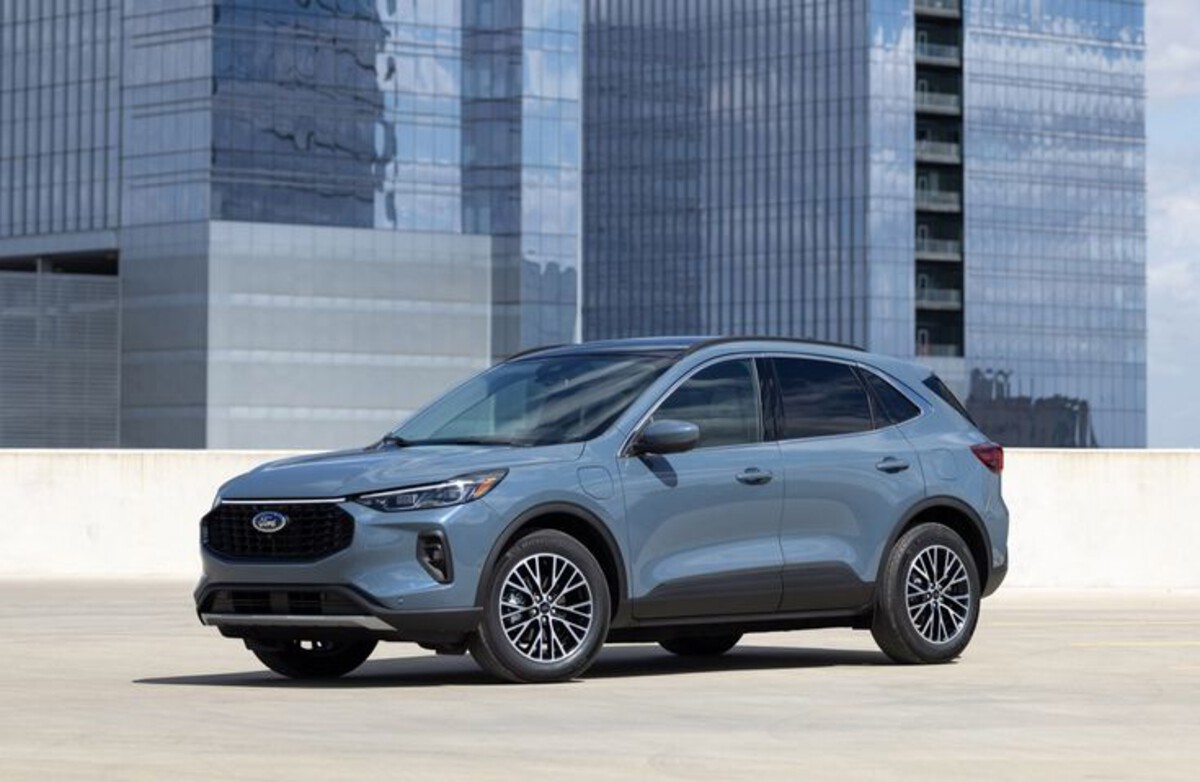
The worst part? Even newer models (2019–2021) haven’t fully fixed the problem. Ford’s galvanized panels are thinner than most competitors’, and wheel well splash guards leave critical areas exposed.
Mechanically, it’s a decent compact SUV. But structurally? It just can’t stand up to northern winters. You’ll start with little bubbles… then peeling paint… then gaping holes. I’ve seen 5-year-old Escapes being scrapped over rusted-out rear subframes.
If you want your SUV to last, skip this one unless you’re religious about rustproofing or live in Arizona.
2. Nissan Rogue
Nissan has made great strides in tech and design, but when it comes to rust, the Rogue still struggles.
Models from 2014 to 2020 are notorious for rust forming around door sills, rocker panels, and subframes within just 2–3 winters. Even with moderate snowfall, salty slush builds up in poorly sealed seams, especially in older models assembled in the U.S.
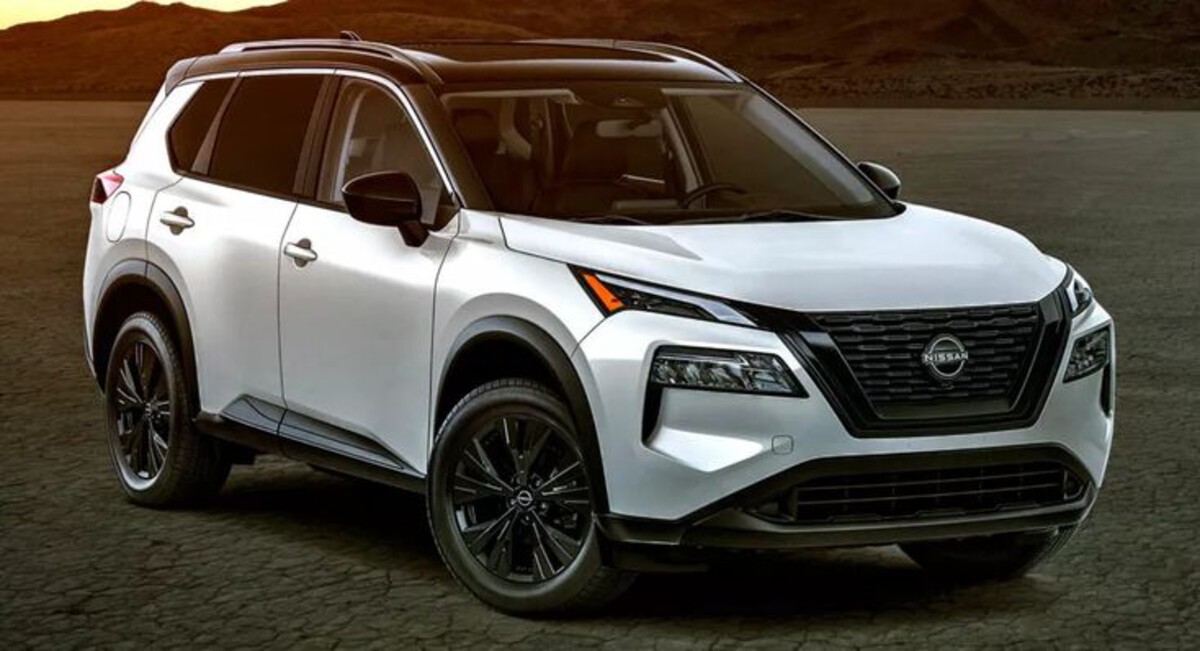
The biggest issue? Lack of comprehensive undercoating. Many Rogue owners had to pay out-of-pocket for extra rustproofing because Nissan’s standard protection just wasn’t cutting it. That’s unacceptable on a modern SUV meant for families in all-weather regions.
Want proof? Check Canadian auto forums. You’ll find threads full of Rogue owners posting horror pics of rusted rocker panels just 4 years into ownership.
3. Chevrolet Equinox
As much as I love American muscle and utility, the Chevy Equinox has had a long, nasty affair with rust, especially in the 2010–2017 models.
One of the biggest complaints? Wheel well and subframe corrosion. The protective coating Chevy used during that era was barely more effective than a coat of hairspray. Three winters in the Midwest and boom—your undercarriage looks like it aged 30 years.
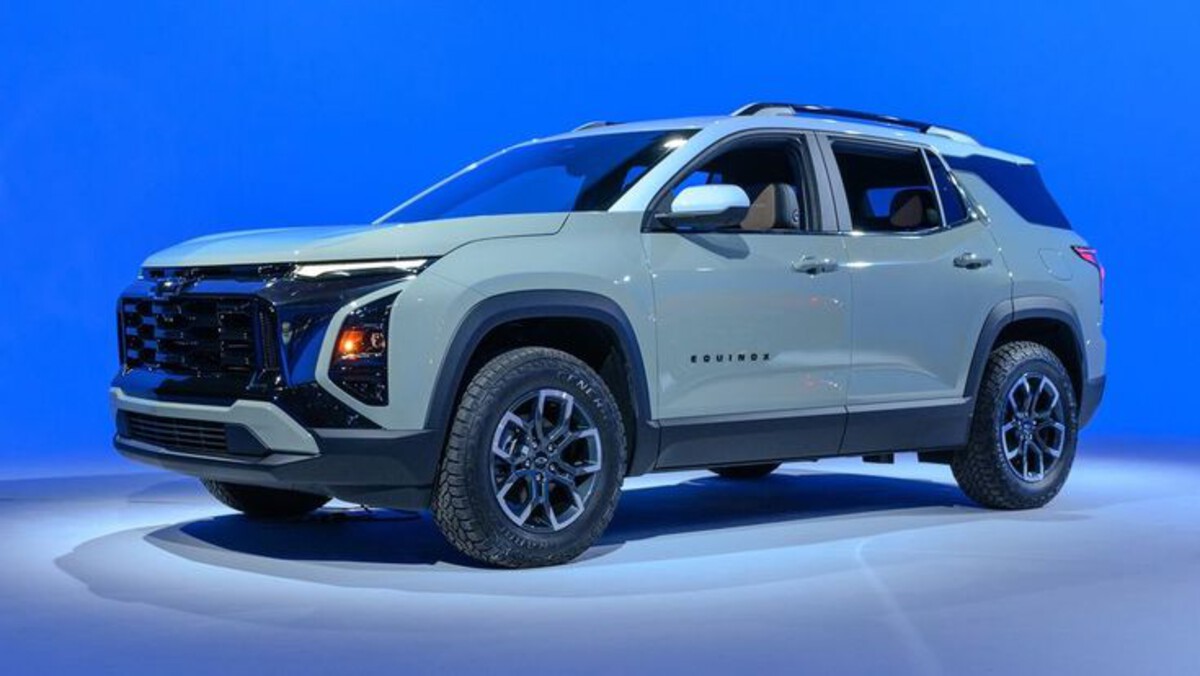
Owners consistently report early rust spots near door frames, under the doors, and in the rear hatch area, even with regular car washes. Some even noticed rust forming before hitting 60,000 miles.
What makes it worse is that Chevy hasn’t offered any serious long-term anti-corrosion warranties. You’re on your own after three years—and if you haven’t treated the underbody with an aftermarket solution, you’re toast.
I love the space, the ride comfort, and the infotainment setup in the Equinox. But if rust is a dealbreaker (and it should be), you’ll regret it fast in salty climates.
4. Jeep Liberty
Ah, the Jeep Liberty. A rugged-looking SUV that gives you all the off-road vibes… until it crumbles underneath you.
Jeep’s second-generation Liberty (2008–2012) was especially bad. Owners across the Rust Belt have horror stories about rear suspension mounts literally detaching due to frame rust. The National Highway Traffic Safety Administration (NHTSA) even opened investigations into severe undercarriage corrosion.

The Liberty’s biggest sin? Poor rustproofing on the frame and lower body panels. Combine that with cheap paint quality and poorly sealed wheel wells, and you’ve got a vehicle that can rot before your loan’s paid off.
Even with off-road capability and that classic Jeep stance, the Liberty is a time bomb in winter regions. You might think you’re buying an adventurer, but you’ll end up with a welder’s project car within three winters.
Want a Jeep? Go for a Wrangler or Grand Cherokee. But steer clear of the Liberty if you value rust resistance.
5. Hyundai Santa Fe
Hyundai has made some killer improvements in reliability and features, but when it comes to rust, the Santa Fe had some rough years.
Particularly, models from 2007 to 2014 were plagued with rust forming around rear wheel wells, tailgates, and fuel filler doors—especially in snow-heavy U.S. states and Canada. The seams were poorly sealed, and the factory undercoating was? Practically nonexistent.
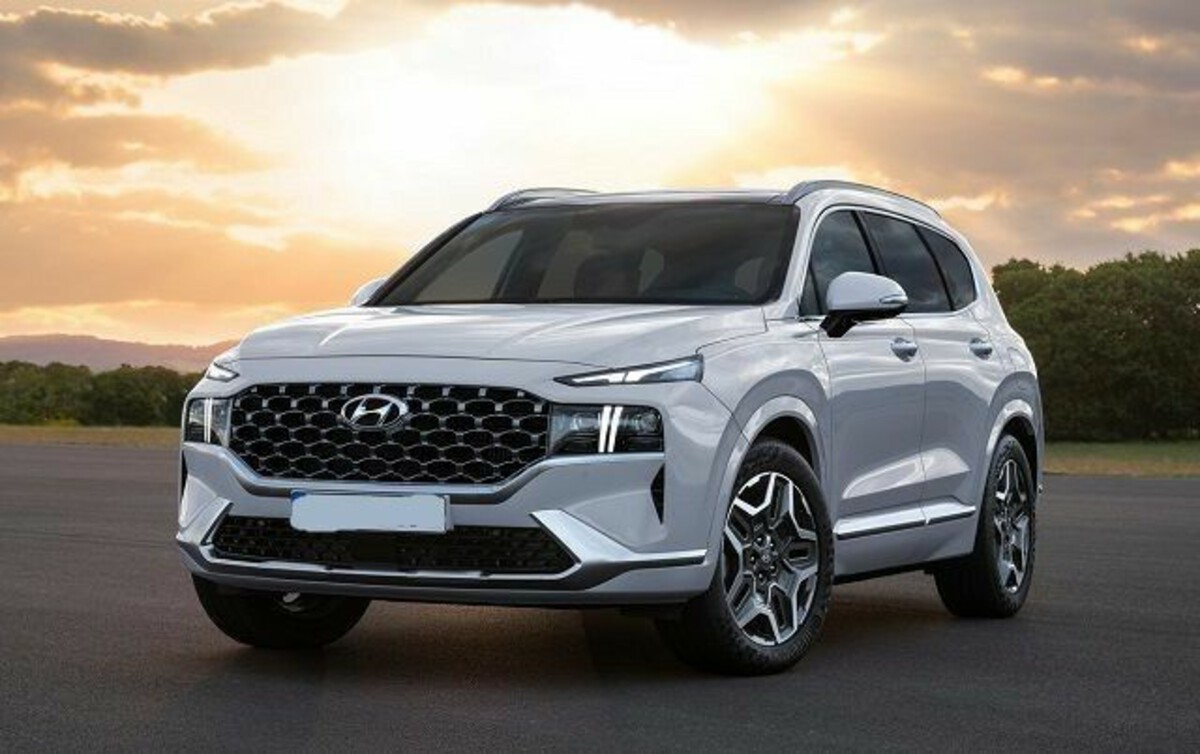
You’d expect a modern SUV to make it 7–10 years before showing any serious signs of corrosion. But I’ve seen 4-year-old Santa Fe
To Hyundai’s credit, newer models (2018 and up) have seen improvements in build quality and anti-corrosion materials. But if you’re considering a used Santa Fe from the early 2010s, inspect it like a hawk or walk away.
When it comes to buying an SUV, it’s easy to get swept up in horsepower, infotainment tech, or how sweet it looks in the dealership lot. But for us auto-heads who’ve seen the damage of just three winters’ worth of salt, we know the real question is: “Will this SUV rust before I’m done paying it off?”
Rust doesn’t care how nice the leather is. It doesn’t care if you have a panoramic sunroof. All it takes is a few unsealed seams and a salty winter, and your dream ride becomes a rolling eyesore.
That’s why knowing which SUVs are built to last 10+ years without rust (like the Toyota 4Runner, Subaru Outback, and Lexus GX) is just as important as knowing which ones you should avoid like a pothole at 80 mph (looking at you, Jeep Liberty and Chevy Equinox).
So do yourself a favor—before you buy your next SUV, research its rust history. Undercoat it if needed. And above all, pick a model that’s been battle-tested in the salt and snow.
Because no one wants to fall in love with an SUV that rusts faster than it accelerates.

